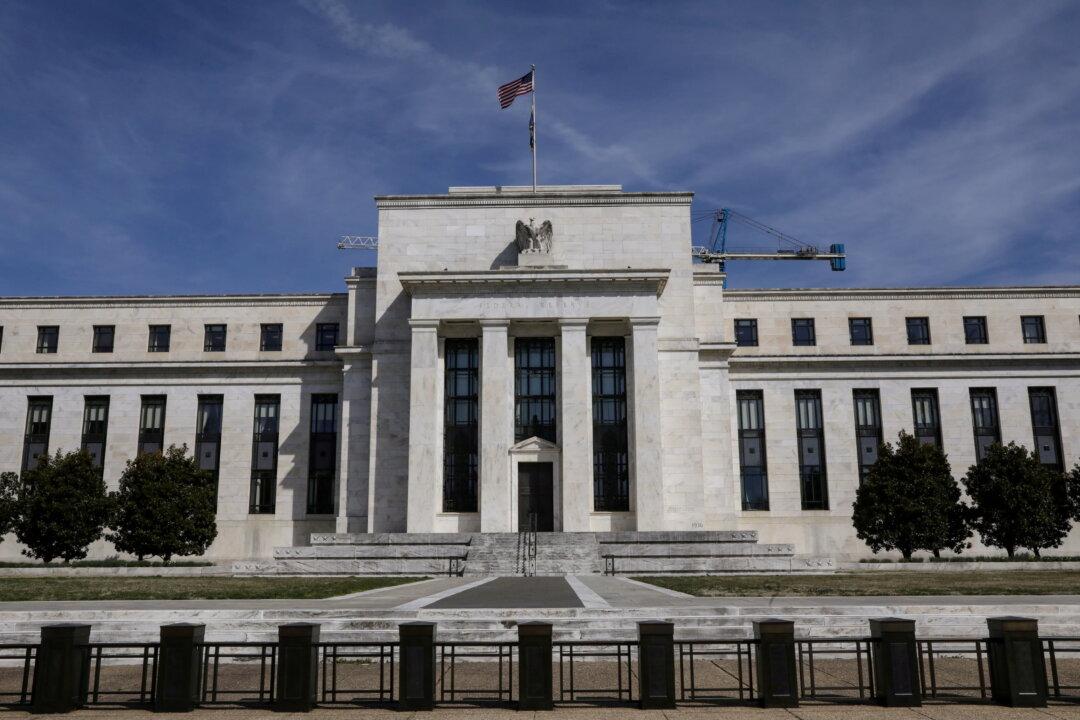The U.S. unemployment rate may need to rise almost twice its current level in order to control high inflation, according to a team of researchers from the International Monetary Fund (IMF).
The paper, co-authored by IMF economists Daniel Leigh and Prachi Mishra, said that the jobless rate would have to grow from 3.7 percent at the end of August to as high as 7.5 percent to reduce inflation.





